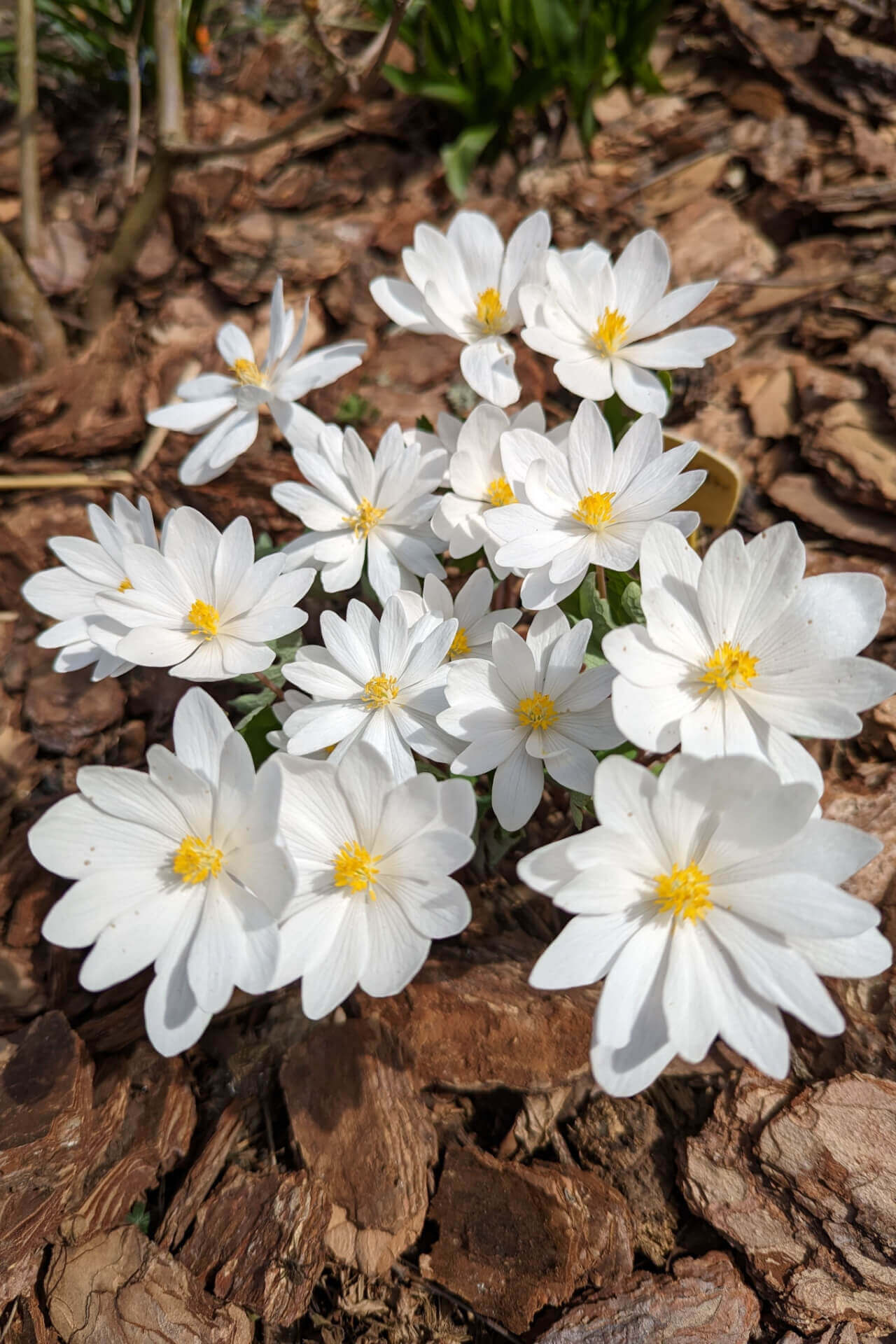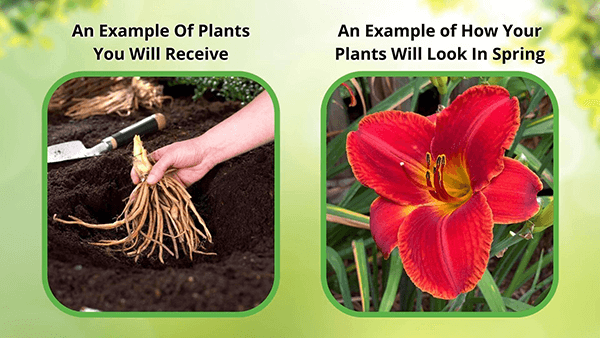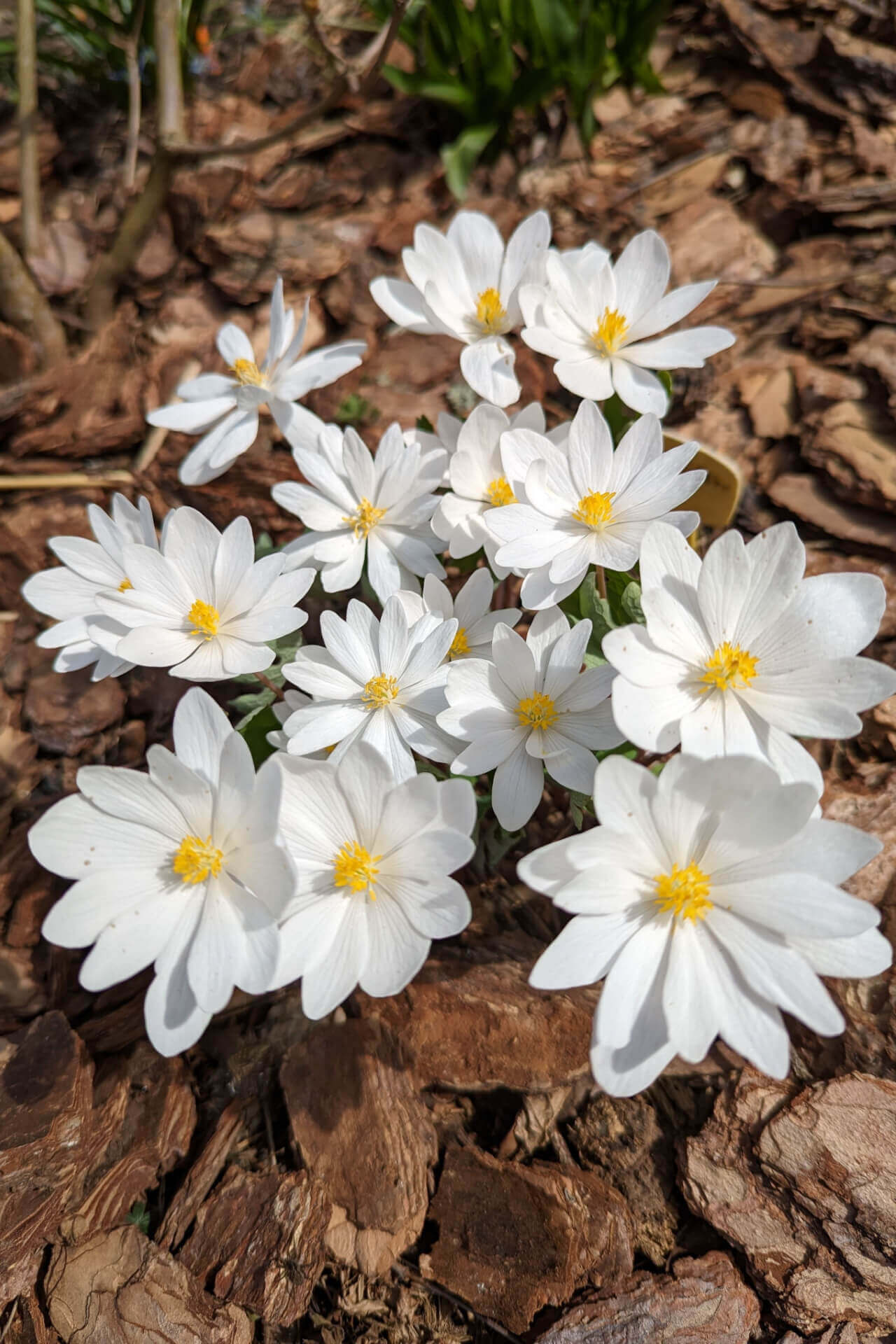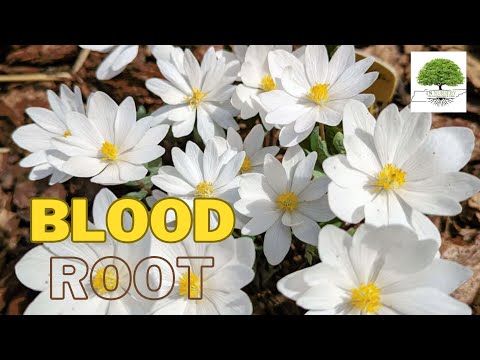Bloodroot Plants For Sale
Bloodroot is a woodland spring ephemeral and herbaceous perennial. Charming white, yellow‑centered flowers appear on short stems, bringing an early splash of brightness to shaded gardens. It is an early spring-blooming perennial plant that is super hardy and easy to grow and thrive where you plant it.
Notable Aspects of Sanguinaria Canadensis
Native to the eastern United States, Bloodroot (Sanguinaria canadensis) is ideal for brightening shaded corners with its pure white blooms and soft green foliage. As an understory plant, it thrives in full shade or dappled light; avoid full sun, as flowers remain closed on overcast or excessively bright days.
Bloodroot Plant Details
Family: Papaveraceae
Light Requirement: Shade
Water Needs: Moist
Height: 10 in
Spread: 4 in
Growth Rate: Slow
Bloom Time: Spring
Flower Color: White
Wildlife Value: Attracts bees
Landscape Uses and Maintenance
Group several plants together for greater visual impact—perfect for woodland, native, rock, or even formal gardens. Once established, Bloodroot is low‑maintenance, preferring moist, well‑drained soil enriched with humus, compost, or leaf mold to mimic its natural forest‑floor habitat.
Plant alongside other spring ephemerals such as Virginia bluebells and trilliums for a recurring seasonal display. The double bloodroot plant propagates reliably from seed and also spreads via rhizomes; dividing rhizomes can expand your colony. Deer and most other herbivores avoid Sanguinaria canadensis.
Noteworthy Traits
As a spring ephemeral, the Bloodroot Plant's delicate flowers bloom briefly, then disappear, leaving distinctive leaves that unfurl from tightly curled sheaths. The plant attracts various bees and beetles, adding ecological value to shaded garden spaces.
Exposure
Bloodroot plants thrive in partial to full shade, preferring dappled sunlight. They are well-suited for woodland settings where they receive indirect light. Avoid total sun exposure, as it can cause the delicate foliage to scorch.
Height at Maturity
Under 12"
Usage
Shade Plant
Shipped As
Bare-root
Ships
USPS
Planting Zones
3-8




